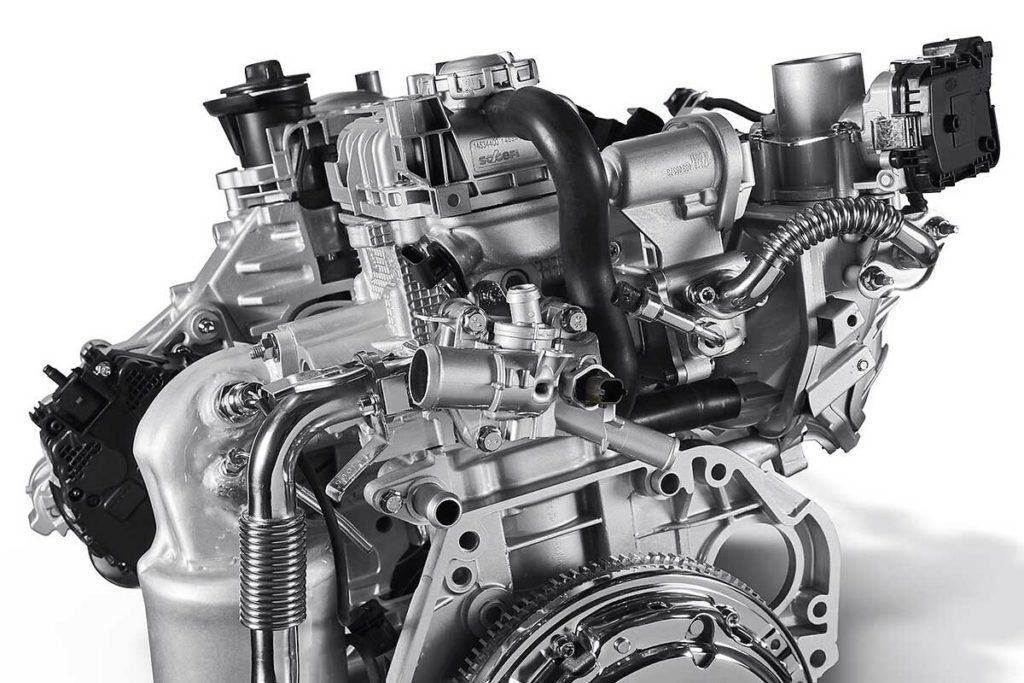
The Termoli plant, a historic flagship of the Italian automotive industry, is now at a decisive turning point, and its future looks more uncertain than ever. If, at the end of April 2025, the first warnings about the dismantling of the FIRE 16V engine line have shaken public opinion, the latest news from the unions has reinforced concerns about the plant's long-term viability. Stellantis.
The inevitable closure of the FIRE 16V line
It has now been confirmed: the closure of the historic FIRE 16V engine line, affecting around 450 employees, is imminent. In a joint statement, the unions spoke of "the funeral of an industrial myth". Although it comes as no surprise, the FIRE engine, which powered numerous Fiat and Alfa Romeo models, symbolizes not only unique know-how, but also the very essence of the Italian automotive industry. Its demise brings to a close a part of the plant's history, which has long been the beating heart of engine production for Fiat.
The GSE engine: production at half-mast
At the same time, GSE engines (FireFly) produced at Termoli, used in models such as the Fiat Panda and Alfa Romeo Tonale, are far from full production capacity. This situation raises questions about the future of this line, especially as Stellantis is banking heavily on the future Fiat 500 hybrid to revive production of these engines. However, full production of the 1.0L, 1.3L and 1.5L GSE engines remains uncertain.
The GME engine: surprise relocation
The most surprising aspect of this transition is the future of the GME engine, currently used in Europe in the Alfa Romeo Giulia and Stelvio and the Maserati Grecale. Although these models are nearing the end of their life, the unions reveal that the GME engines could be replaced by production in the USA. Hopes of local production of GME hybrid engines, which should be present in certain top-of-the-range models on the STLA Large platform, seem remote.
The eDCT gearbox: a glimmer of hope, but for how many workers?
Against this gloomy backdrop, one last hope lies in the production line for the eDCT box. Although promised for a late launch in 2026, this could involve around 300 employees at full capacity. But this glimmer of hope seems to pale in comparison with the current situation. While the transition to the production of electric motors, with the conversion to a gigafactory, seemed a promising project, it is now becoming clear that this conversion, already suspended for almost a year, is increasingly unlikely.
What does the future hold for Termoli?
Prospects for the Termoli plant between now and 2030 are limited to the production of GSE engines for the Fiat 500 and Panda hybrids, and the eDCT gearbox, with no clear visibility beyond this period. In the meantime, more than 1,500 employees are living with day-to-day uncertainty, with conversion to the Gigafactory looking increasingly remote.
Against this backdrop, the anger of the unions, who speak of "progressive disengagement" and "industrial agony", is understandable. FIOM and FIM CISL are calling for an urgent meeting with local and national authorities to define a concrete reconversion plan. To date, nothing has been announced. A press conference will be organized by the unions on May 17, 2025.
As an Automotive Machinist, from time to time I require engine parts from the dealership as there are not many aftermarket parts producers carrying any stock of Fiat parts.
The dealerships lead times are sometimes up to 3 months plus, and then there is the price!
We can literally get comparative Mercedes premium parts much much cheaper!
Stellantis has got serious problems.
These are truly lamentable decisions, especially when they're made by an executive who's totally useless when it comes to engines (puretech). The Italians are capable of making people love cars with their engines, so maybe that's what's bothering us.
A stellantis já morreu . E ainda não se deu conta disso. Quando deixa de fornecer peças a carros com 8 anos . Mais ninguém lhes compra carros .
It is sad to see what is happening to fiat, alfa Romeo and Maserati and Chrysler, Dodge and Jeep, all of because mismanagement from stellantis executives, being totally clueless and useless, i am sure the janitors in those plants could be better decisions.